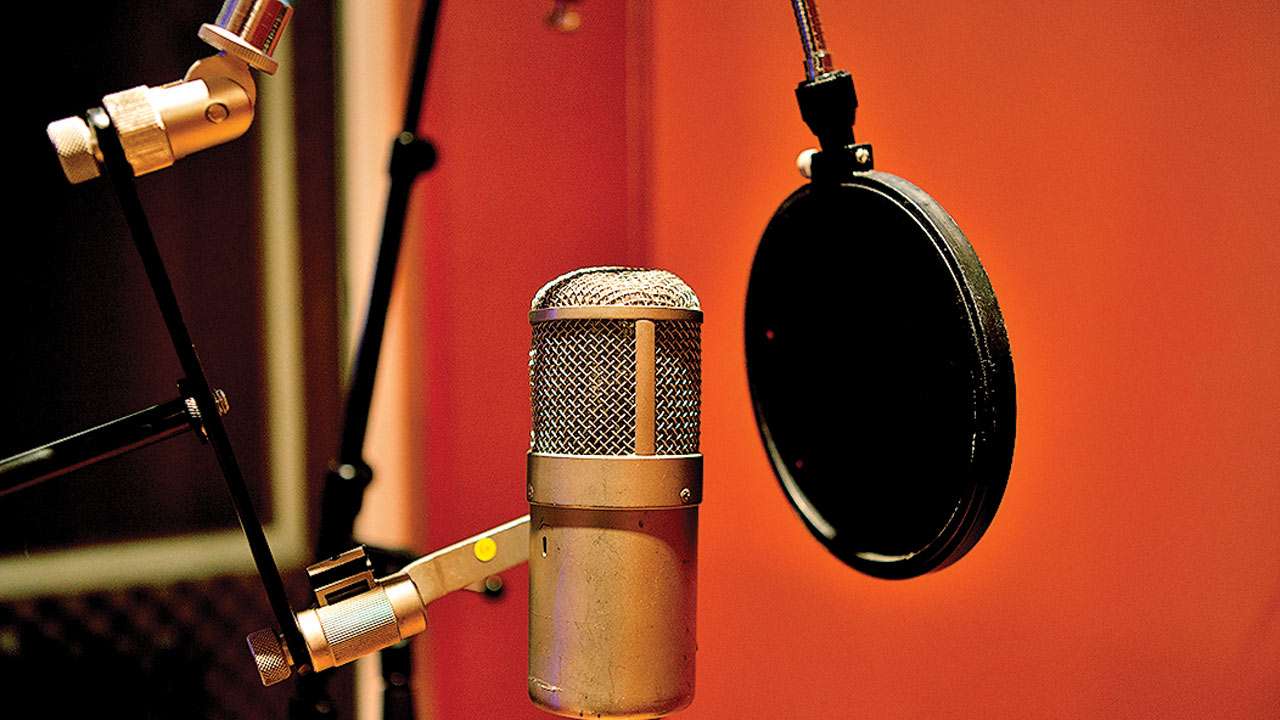
The voiceover industry found its roots in India in the early 1950s with the inclusion of Vividh Bharati Services. The profession, though, came into the limelight in the early 1980s.
Since then, the voiceover industry has seen serious structural transformation and changes in its functionality, revolutionising the way artists are going about their job profile and the way businesses are seeking them.
The core of the voiceover industry is its artists, but it has not been a pleasant ride for them over the last few decades. As an aspiring voiceover artist, one would want to build a long sustainable career loaded with lucrative financial rewards and personal satisfaction.
There are many artists who have succeeded in shaping their dreams in this industry, but as every coin has a flip side to it, there are as many, whose voices remain unheard.
In the earlier days, the lack of operational platforms and voice equipment to reach the end consumer put brakes on the growth of voiceover industry.
Artistes had to work out of their skins to showcase their skills and get an assignment. The presence of a middleman also made it a tedious and inefficient process.
Even after going through this process, the end output was never guaranteed. There were endless cases where an assignment was dropped due to unwanted speed-blocks.
Lack of efficient voiceover artists, delayed delivery of outputs and complicated payment methods were only a few of the many troubles that the industry faced.
Then, came the era of ‘technology’ and with it opened multiple horizons both for the industry and their soul, the artists!
In the early days of voiceovers, narration microphones were not as sophisticated as they are today. They were incapable of picking up high frequencies, such as low volumes and female voices. Therefore male voices, especially deep and strong ones, were preferred.
This strong style of delivery was appropriate for the times because groups of people used to gather around a single radio to listen to a programme together. Therefore, from a voiceover artist’s perspective, a stronger tone was appropriate as it was being projected to a large group of people.
Then came the era between the 1960s and 1980s that compelled the voiceover producer to want a conversational voice delivery.
With technological advancements came microphones that could pick up natural voices. People also started catering to the communication mediums of radio and television on a more personal level, creating the need for a natural, more intimate delivery style.
In other words, people generally prefer being ‘spoken to’ rather than being ‘announced at’. ‘Narration’ also came back to fashion; to cater to this diverse requirement of projects, a natural voice delivery became popular.
Earlier, radio commercials constituted bulk work. Then came the era of television commercials, followed by a new breed of voiceover narration. This included educational and informational narration. While the number of voice-over commercials is increasing every year, narration continues to have the biggest share in the industry.
The advent of digital technology has benefited every engineering function. Productions are now being completed in a faster and precise manner.
With digital editing, voiceover talent can simply re-record a sentence, phrase, or even a single word when they make a mistake and the engineer can digitally ‘edit’ it into the recording in place of the errors.
This helps in eliminating the need to re-record an entire passage. Clients can now request the engineers to provide them with multiple options, as they can easily offer many versions of a production, each with different music, sound effects, and/or mix. Recording studios have now become inexpensive, portable, and higher in quality.
As earlier microphones did not pick-up high frequencies very well, female voices were not much in use. With technological advancement and inclusion of more women-centric jobs in the industry, women began narrating voiceover projects.
Today, women voiceover projects are on a par with male projects. There is a vast demand for female voiceover artists as their voice texture is considered to be more believable, whereas male voices are considered more authoritative in impact and nature.
The inclusion of technology has enabled the traditional voiceover industry to cater to the needs of businesses across verticals. If you are an artist today and seeking a job, well your mobile device may be efficient enough to do so!
The author is founder, voyzapp.com